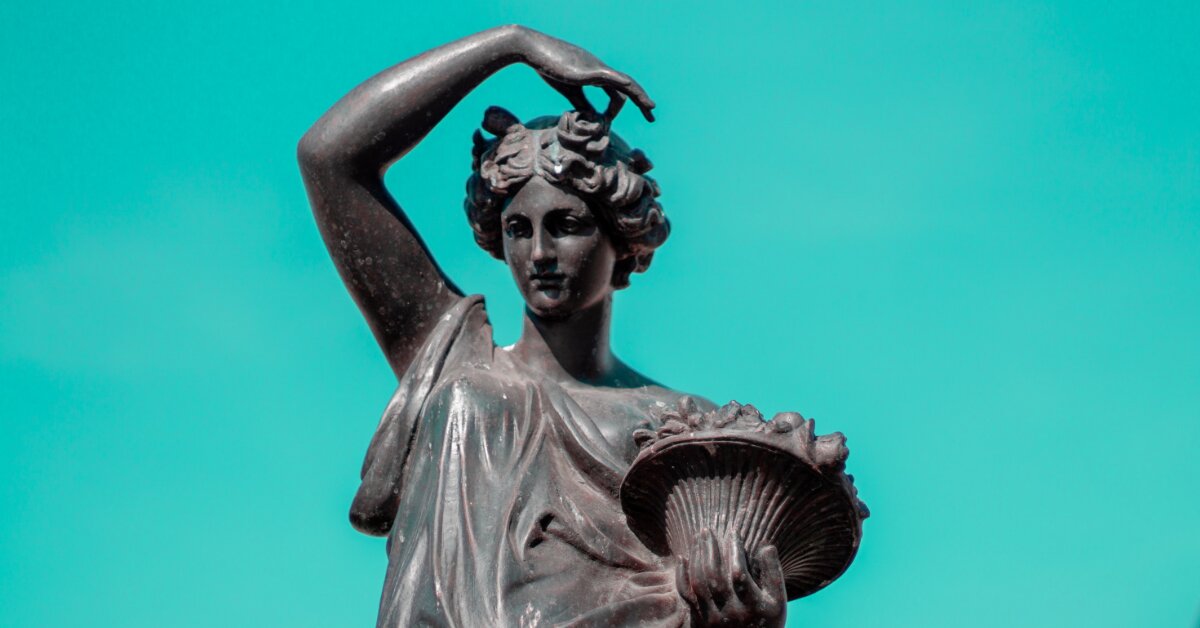Definition of Art
The workmanship in any structure is an articulation or utilization of human inventiveness, ability, and creative mind. A large number of human expressions are capable outwardly however can likewise be perceptible or appreciated through tactile touch. Expressions were customarily valued fundamentally for their magnificence or enthusiastic power yet are currently frequently utilized for political articulation or social editorial.
Most workmanship can be by and large arranged into the seven unique types of craftsmanship we will take a gander at in this article. Perceiving and seeing every one of the unmistakable classes of workmanship empowers us to appreciate craftsmanship more, but on the other hand, it’s crucial to assist us with understanding the job of human expressions in our lives and history.
Seven Different forms of Art
Explicit mediums and types of creative articulation have changed all through mankind’s set of experiences, yet generally, craftsmanship can be categorized as one of the accompanying seven old-style structures. Each unique type of workmanship is distinctively capable and influences our feelings and sentiments.
1. Painting
Painting is utilizing tones to make visual workmanship. It is additionally the word for a painted masterpiece. Numerous sorts of paints are utilized to make workmanship. They incorporate watercolors, acrylics and oils. Different craftsmen like working with pencil or chalk. Some of the time charcoal can be utilized.
Popular compositions are regularly kept in workmanship displays, similar to the National Gallery in London and the Louver (Paris) where one of the most renowned artworks on the planet hangs, the Mona Lisa, painted by Leonardo da Vinci. Individuals don’t need to go to a renowned exhibition to see craftsmanship. There are private workmanship exhibitions in numerous urban areas all over the planet.
There is a fundamental distinction between drawing and painting. In the drawing, a solitary layer is a whole picture. In painting, one layer is covered up one more to get the last picture. Accordingly, more often than not the picture won’t be clear until it gets to the last stage.
There are four fundamental stages in painting: planning, gap, layer, and touchup.
2. Sculpture
From the Latin word sculpture, the word mould in a real sense means to cut. Design craftsmen make three-layered figures and structures that you can stroll around or help with three-dimensional craftsmanships that transcend a level plane. Specialists utilize numerous strategies and procedures to make three-dimensional works, including cutting, projecting, displaying or a development strategy that incorporates gathering different materials into a three-dimensional item. A few figures, called active models, even have moving parts.
Mould Elements and Principles
The shaping line of a piece of figure characterizes its blueprint or outline. In complex models, there are many shape lines, slyly improved with both the utilization of negative space – the vacant region around the figure and positive space – the space the model possesses. Notwithstanding structure, line, outline and space, a model’s mass should be steady or adjusted, with a stylishly satisfying arrangement. Contingent upon how the craftsman makes the model, it is made on a human scale or not, fixed and stable without development, or show up as though it were gotten mid-development, similar to the Horse and Man design in the Trevi wellspring in Rome, Italy.
3. Literature
Writing comprehensively is any assortment of composing work, however, it is likewise utilized all the more for compositions explicitly viewed as fine art, particularly exposition fiction, show, and verse. In ongoing hundreds of years, the definition has extended to incorporate oral writing, a lot of which has been translated. Writing is a strategy for recording, safeguarding, and sending information and amusement, and can likewise have a social, mental, profound, or political job.
Writing, as an artistic expression, can likewise remember works for different true to life kinds, like a life story, journals, diary, letters, and paper. Inside its expansive definition, writing incorporates non-anecdotal books, articles or other printed data on a specific subject.
4. Architecture
Architects are generally highly respected in society, making architecture a good career option if you like to be seen as a respected person in society! Due to their creative nature and attention to detail, they are considered a combination of arts and intelligence!
5. Cinema
- Cinematography, the art of motion-picture photography
- Film or movie, a series of still images that create the illusion of a moving image
- Film industry, the technological and commercial institutions of filmmaking
- Filmmaking, the process of making a film
- Movie theater (also called a cinema), a building in which films are shown
6. Music
Music is the art of arranging sounds in time through the elements of melody, harmony, rhythm, and timbre. It is one of the universal cultural aspects of all human societies. General definitions of music include common elements such as pitch (which governs melody and harmony), rhythm (and its associated concepts tempo, meter, and articulation), dynamics (loudness and softness), and the sonic qualities of timbre and texture (which are sometimes termed the “color” of a musical sound).
7. Theater
Theatre or theatre is a collaborative form of performing art that uses live performers, usually actors or actresses, to present the experience of a real or imagined event before a live audience in a specific place, often a stage.
